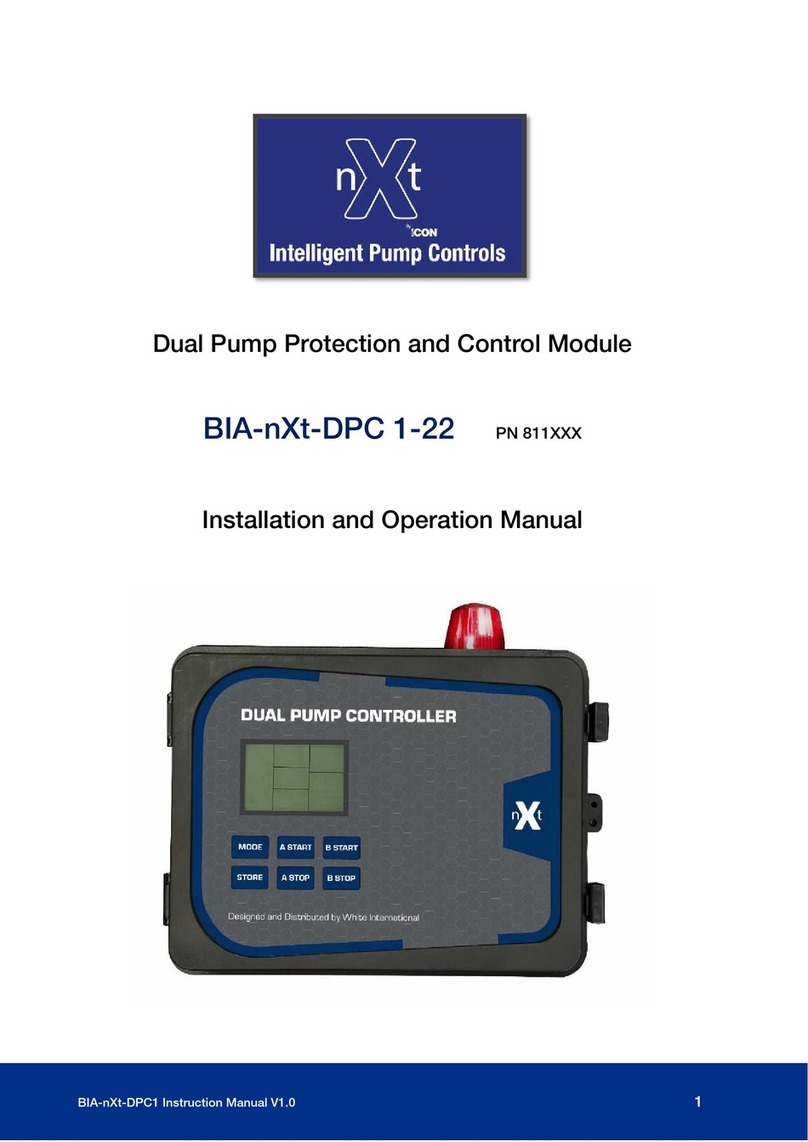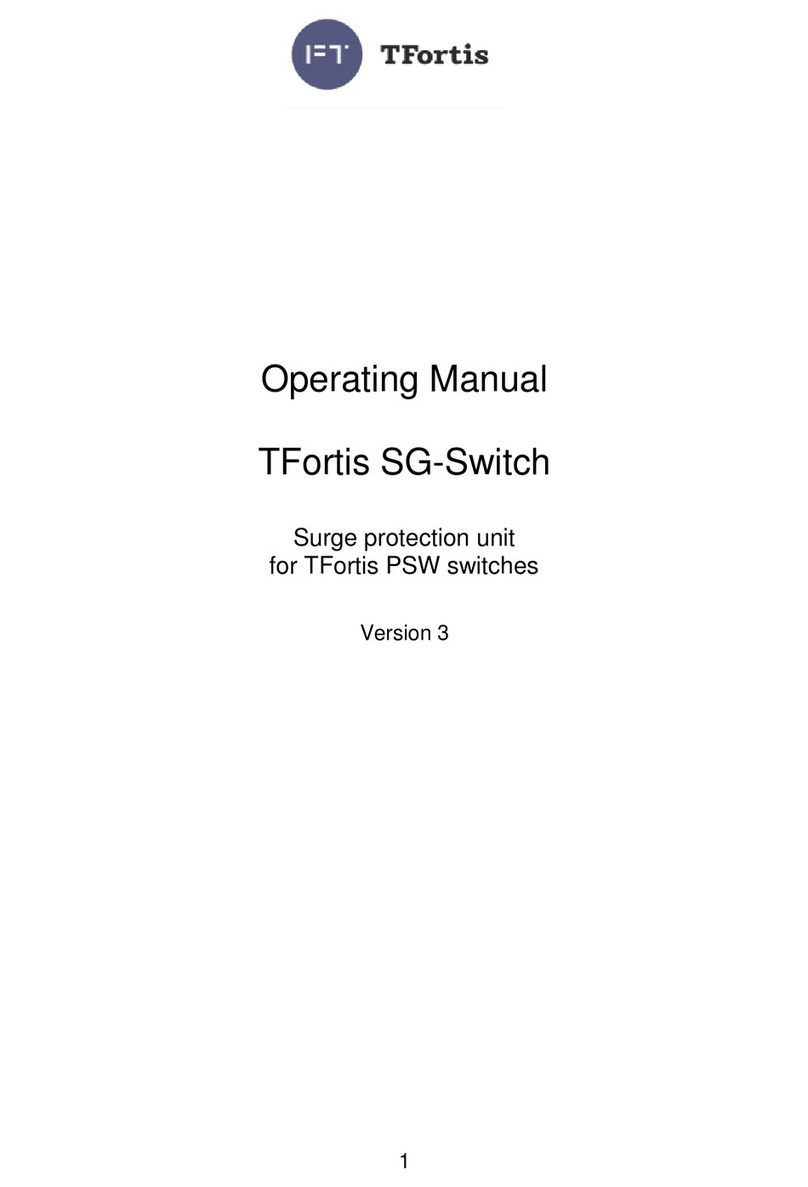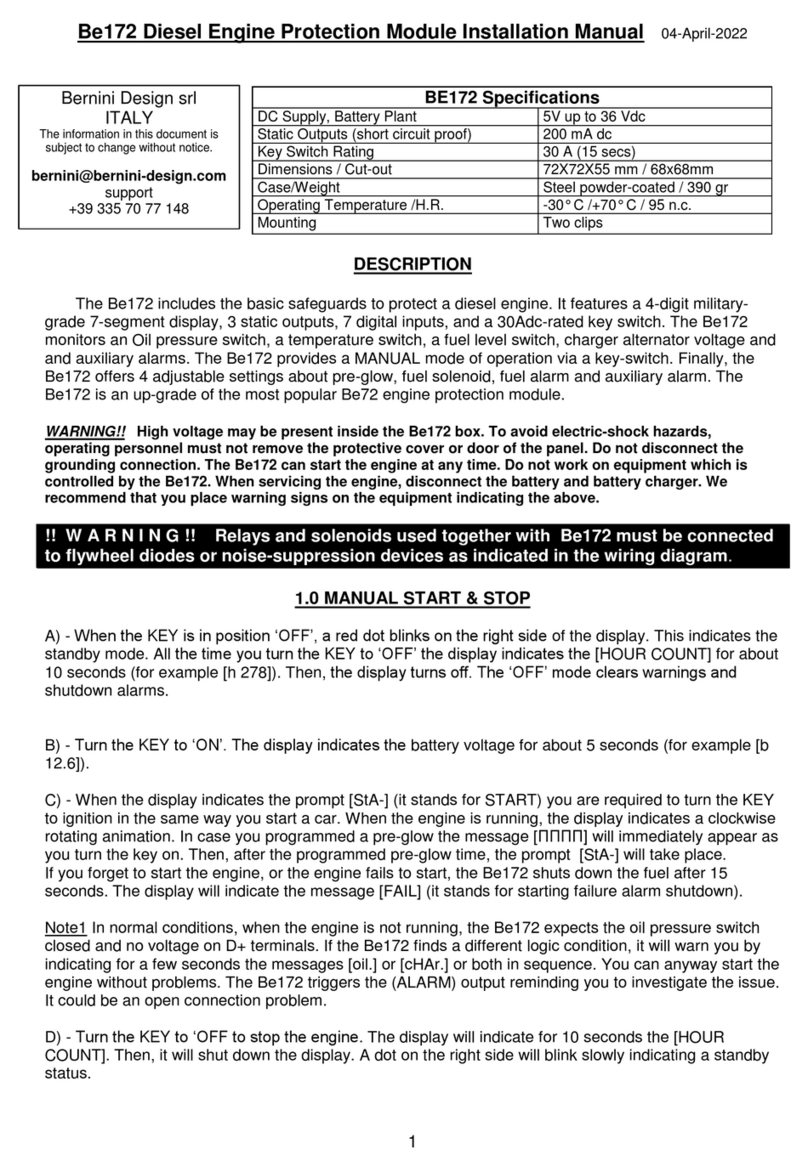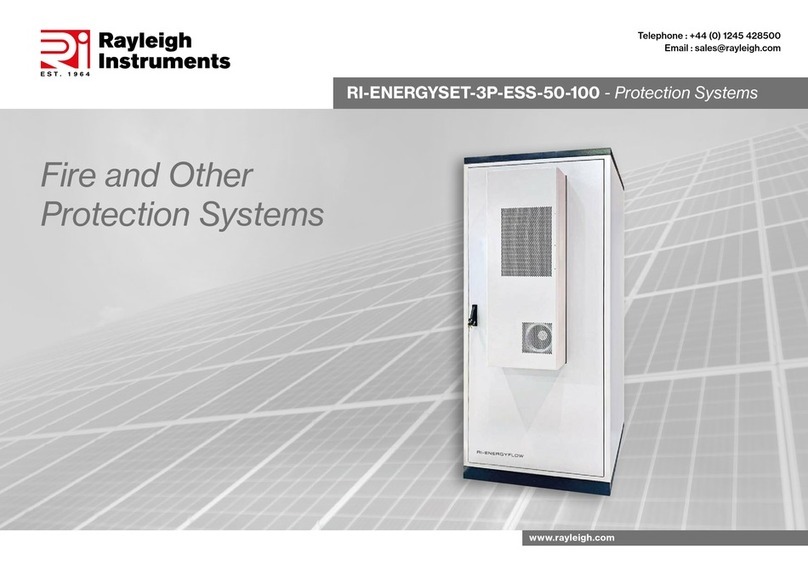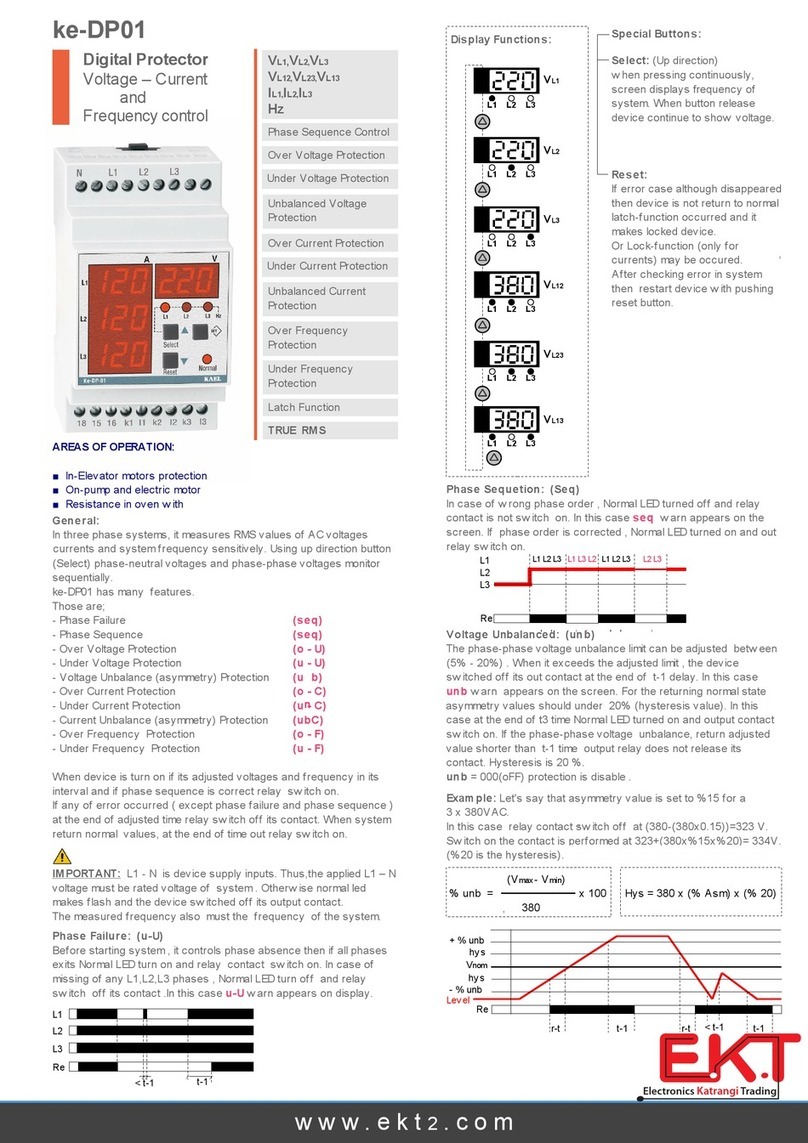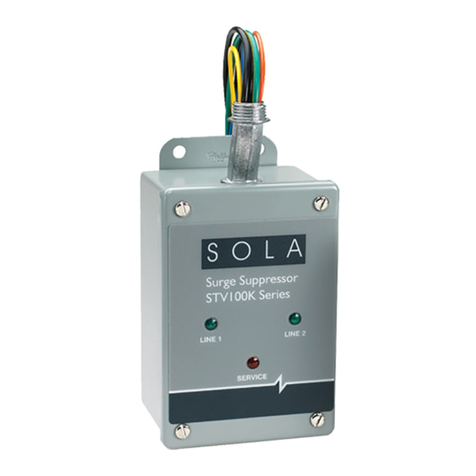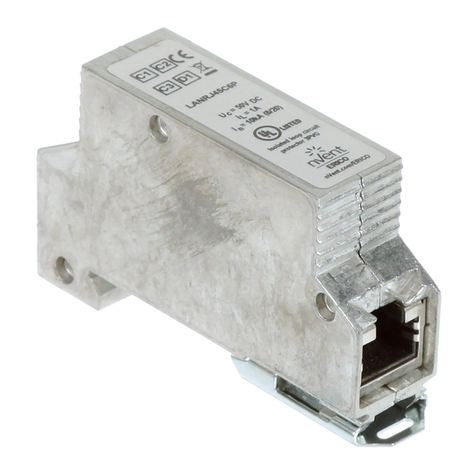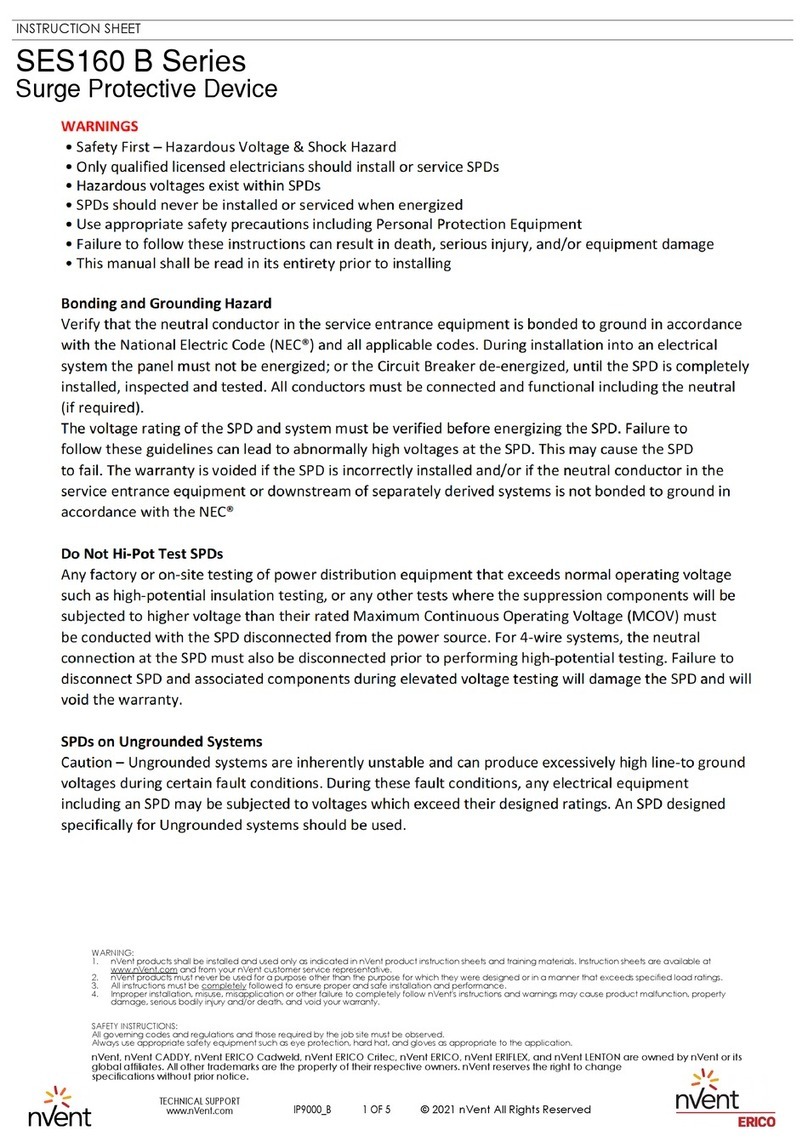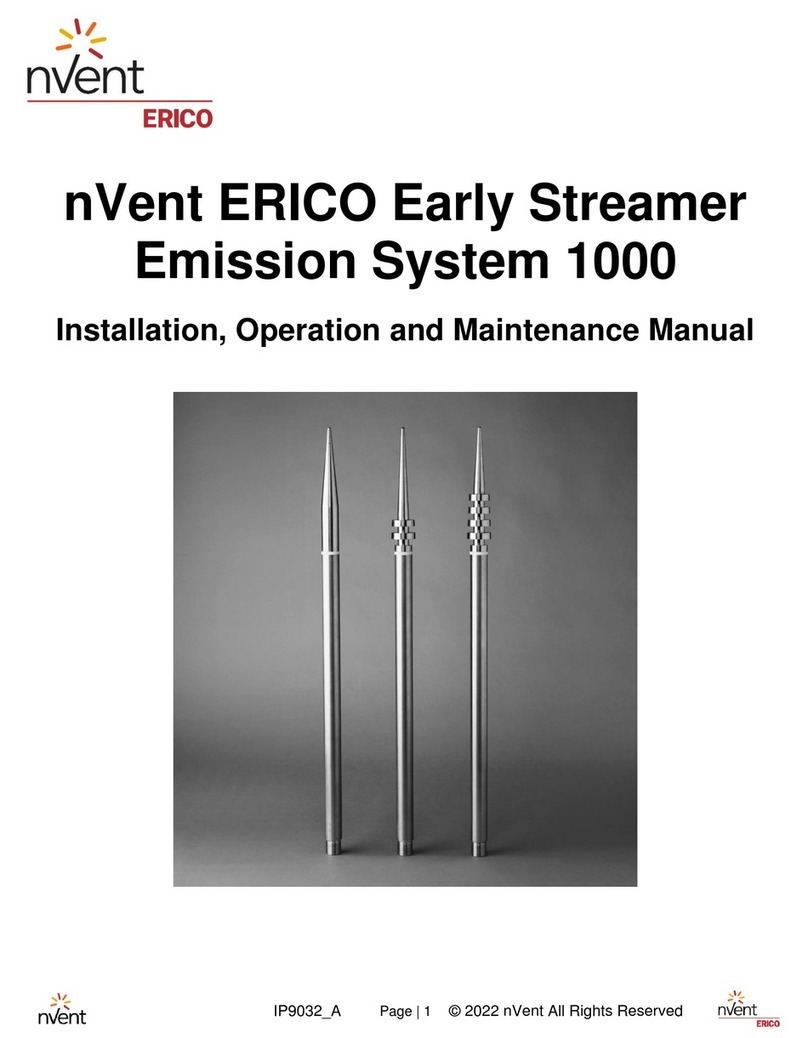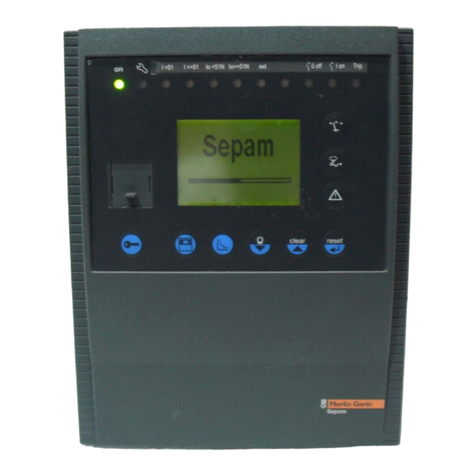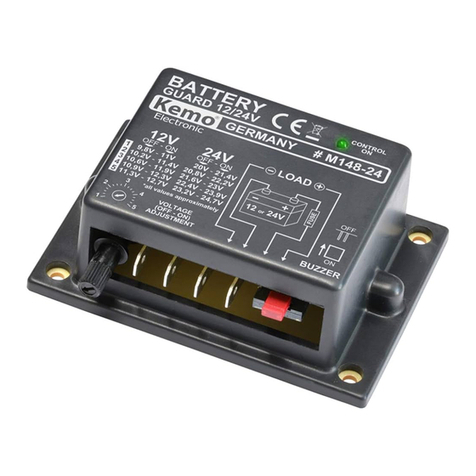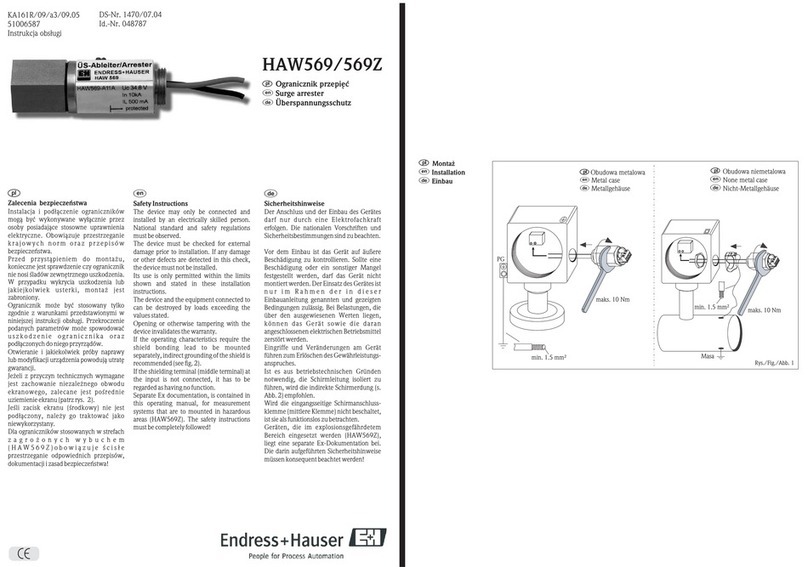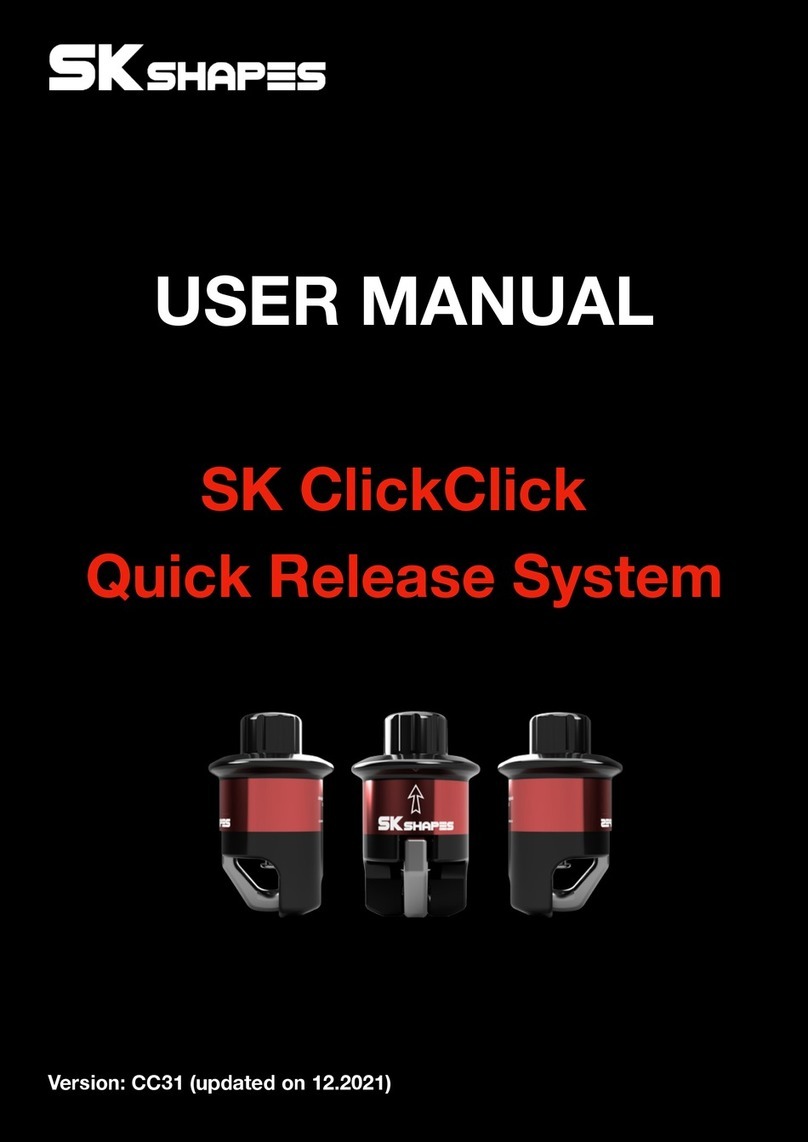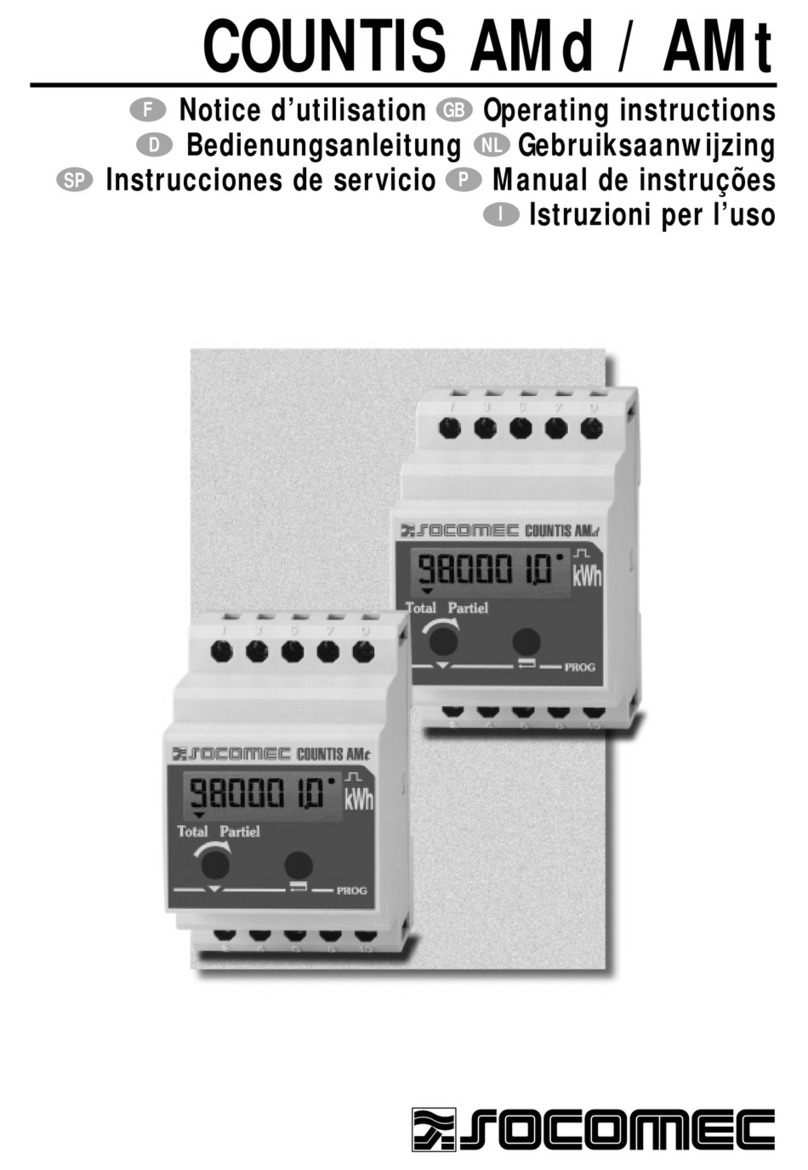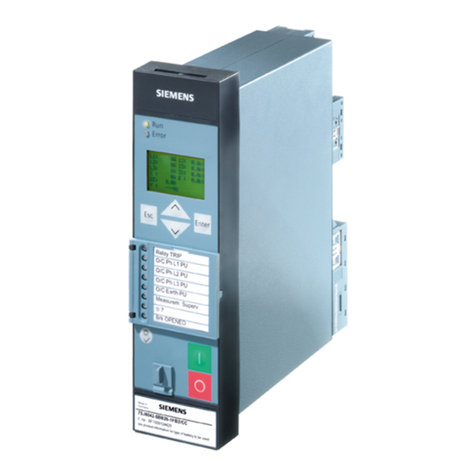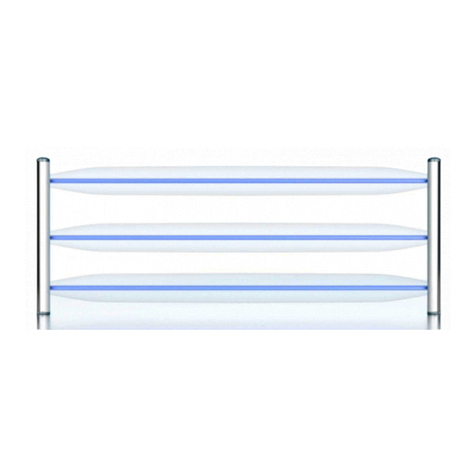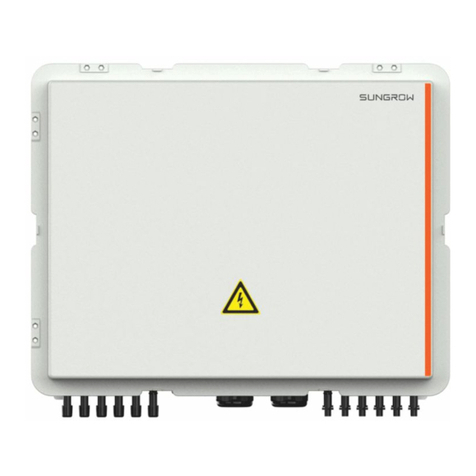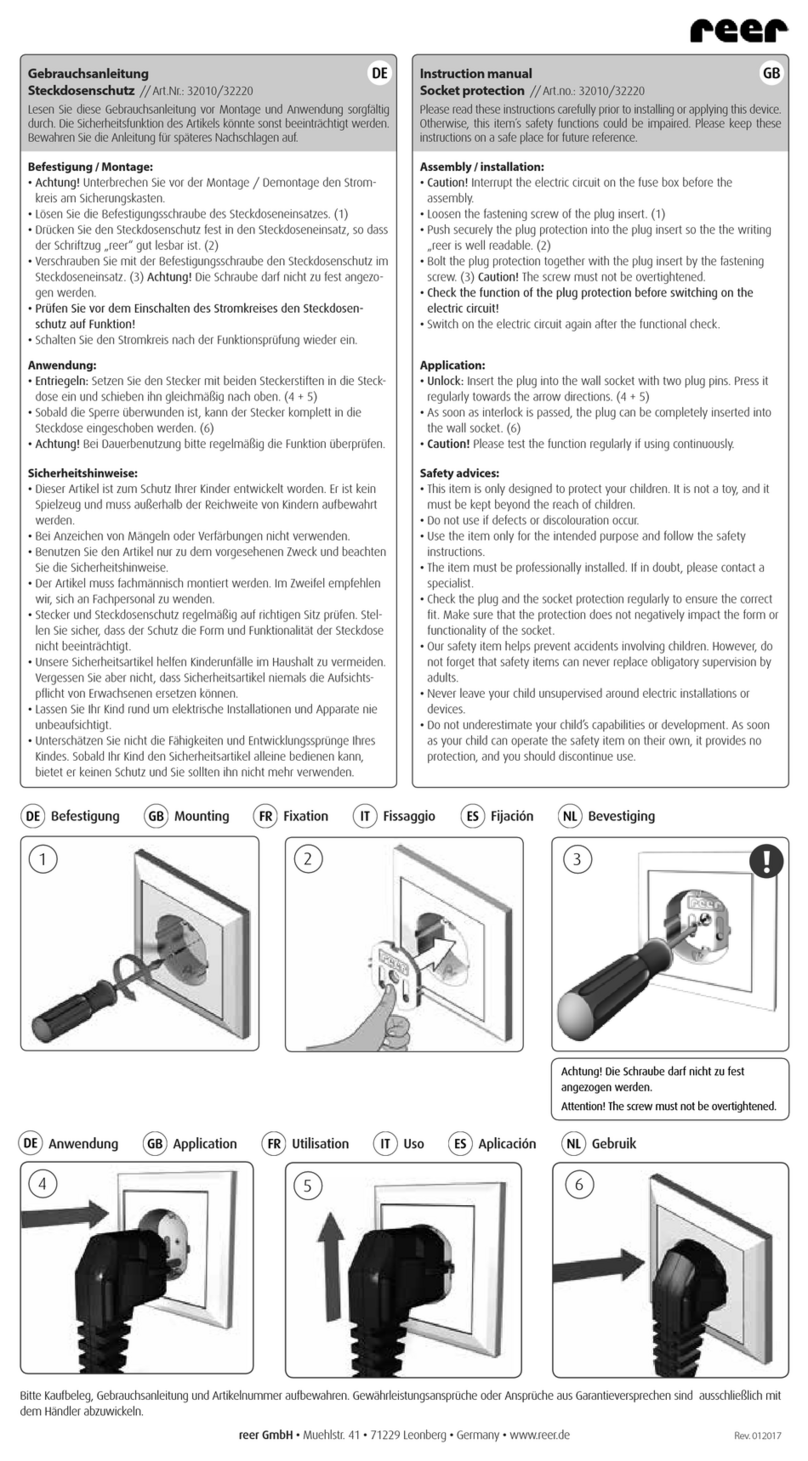
nVent.com/ERICO | 7
Pre-Installation Requirements
This manual is a guide to the installation,
operation and maintenance of the
nVent ERICO System Lightning
Protection System.
It assumes that the system to be installed
has been designed by an authorized nVent
ERICO representative. The system design
will include:
• Grounding system designed as a result of
soil resistivity analysis.
• Downconductor routes chosen
to avoid other services, maintain
minimum bending radii and minimize
downconductor run length.
• Downconductor securing requirements..
• Terminal types – operating environment.
• CAD software design report which
determines terminal placement, mast &
height requirements as well as protection
level calculations.
All of the above are recommendations for
a successful installation. If there is any
doubt about any of the points mentioned,
please contact nVent ERICO or your nearest
distributor for clarification.
CHECKING LIGHTNING
PROTECTION COMPONENTS
PRIOR TO INSTALLATION
Before installation, perform following
inspection:
Terminal(s)
• nVent ERICO Dynasphere terminals have
not been dented.
• The correct finial tip has been installed,
based on the overall height of the air
terminal above grade.
nVent ERICO Ericore downconductor(s)
• The cable drum (if supplied) is in a
serviceable condition.
• Correct length(s).
• That there is no obvious damage to
the cable.
• Make sure that the end of cable is
properly sealed to prevent moisture
migragting into cable strands.
• Is teminated as required. If the
downconductor has been preterminated
before shipment, check that the
termination is still intact and in good
order. See note on Page on removing
protective covers.
• If the Upper Termination Kit has been
supplied separately, check that the cold-
shrink tube in the kit is in good order, has
no tears or cuts and has not collapsed.
• Applications engineering does not
recommend field installations of upper
terminations unless the operators are
trained by nVent Applications Engineering.
This information along with downconductor
lengths and quantities (if more than one
length on the one drum), will be printed on
a label on the side of the cable drum(s).
